Weekly Newsletter
Curated articles every weekApplied Sports Science Weekly Digest #356
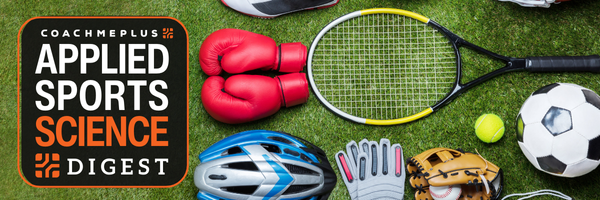
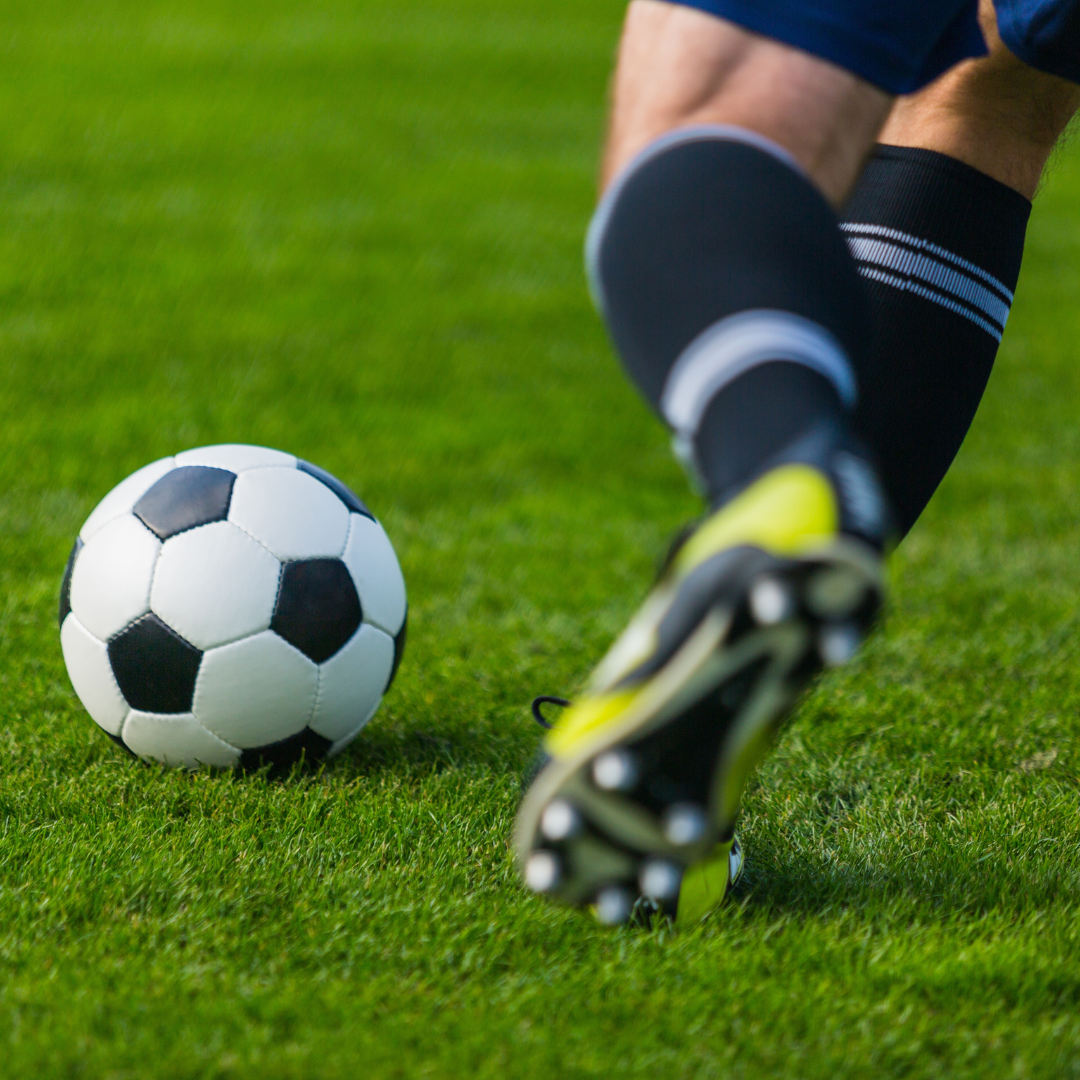
Frontiers in Sports and Active Living | June 2024
A competing risk survival analysis of the impacts of team formation on goals in professional football
“By shedding light on the impact of team formation on goal scoring, this research contributes to a deeper understanding of some of the successful strategic aspects of elite football.“
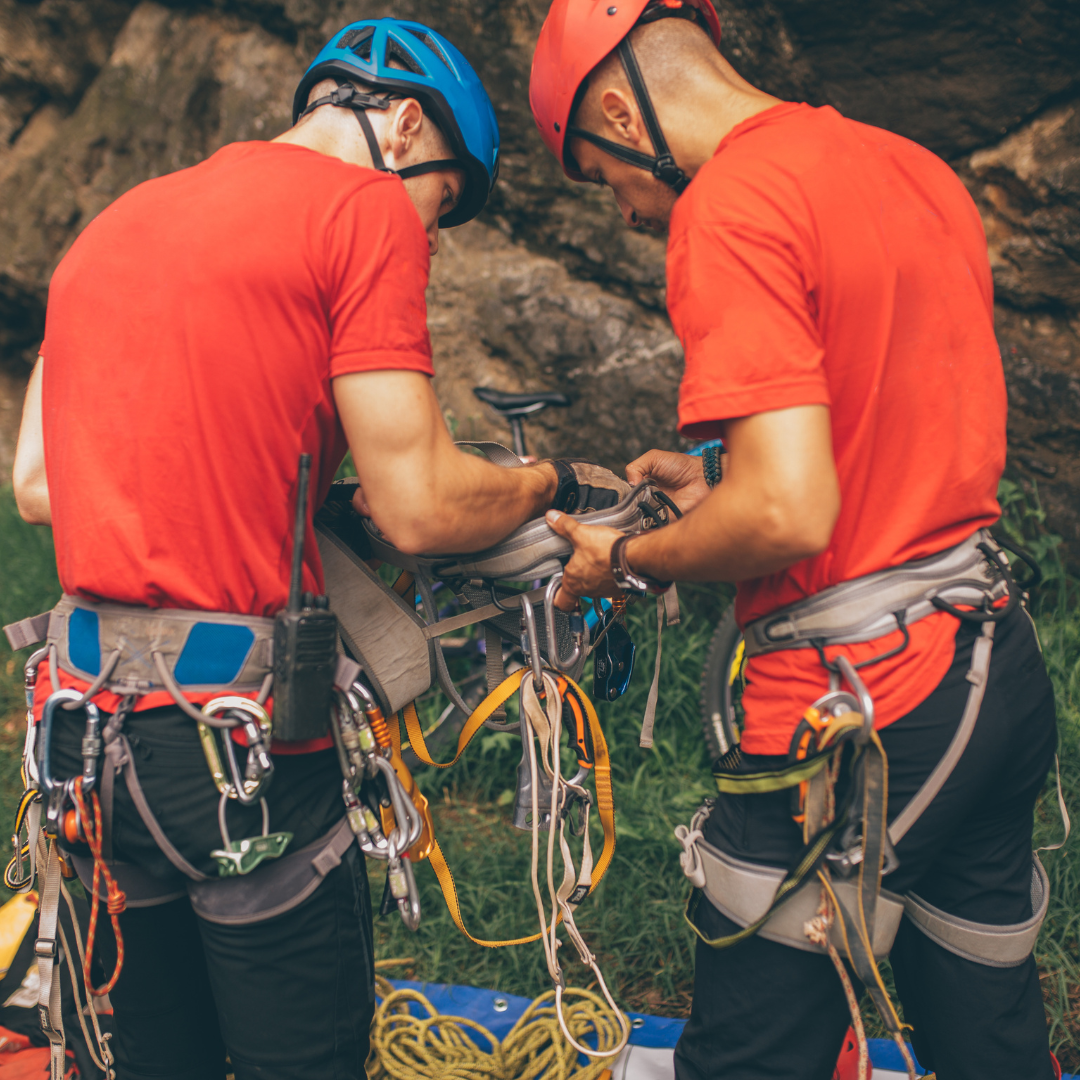
Frontiers in Sports and Active Living | June 2024
Social media behaviors and body type ideals predict weight loss and food tracking behaviors among recreational climbers
“This study expands on prior work with elite climbers by providing a possible explanation for how climbing-related body type ideals and certain social media behaviors can perpetuate negative body image and compensatory behaviors among a general climbing population.“
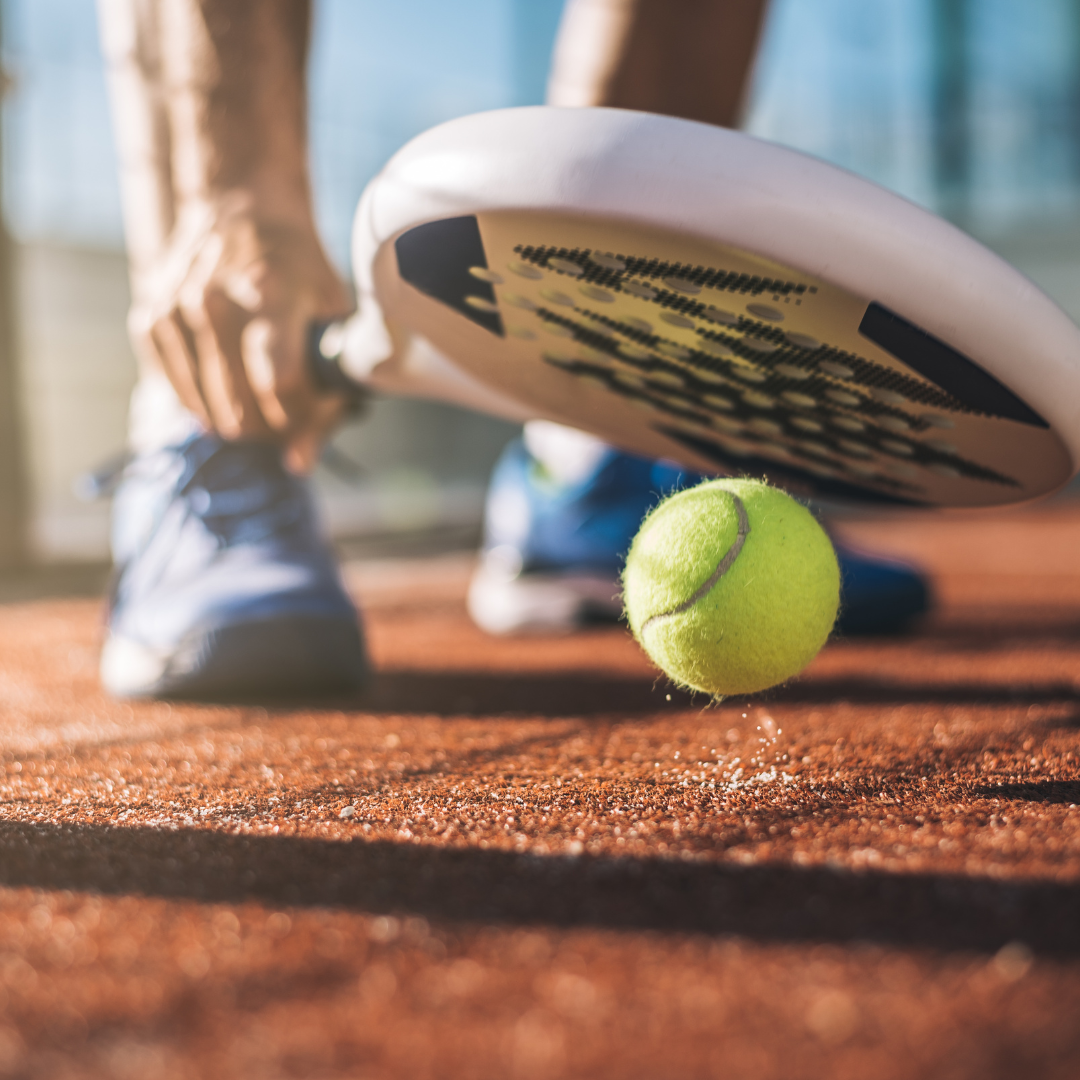
Frontiers in Sports and Active Living | June 2024
Pre and post-competitive anxiety and self-confidence and their relationship with technical-tactical performance in high-level men’s padel players
“The outcomes imply the need for intervention programs to equip players, especially those facing defeat, with tools for anxiety management and self-confidence enhancement.“
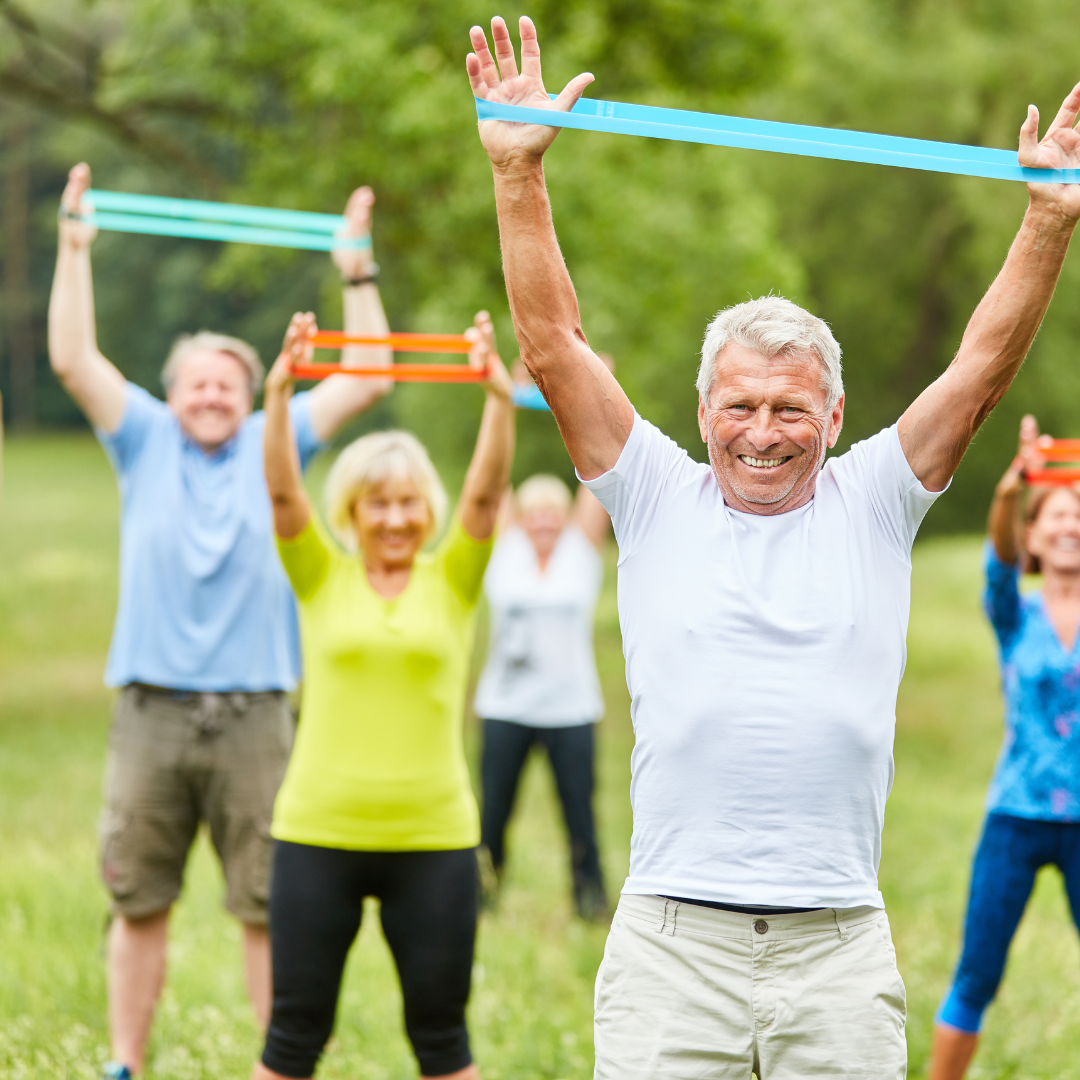
Frontiers in Sports and Active Living | June 2024
Does acute aerobic exercise enhance selective attention, working memory, and problem-solving abilities in Alzheimer’s patients? A sex-based comparative study
“These findings demonstrate that, irrespective to sex, a single aerobic exercise session on an ergocycle can improve cognitive function in patients with moderate AD.”
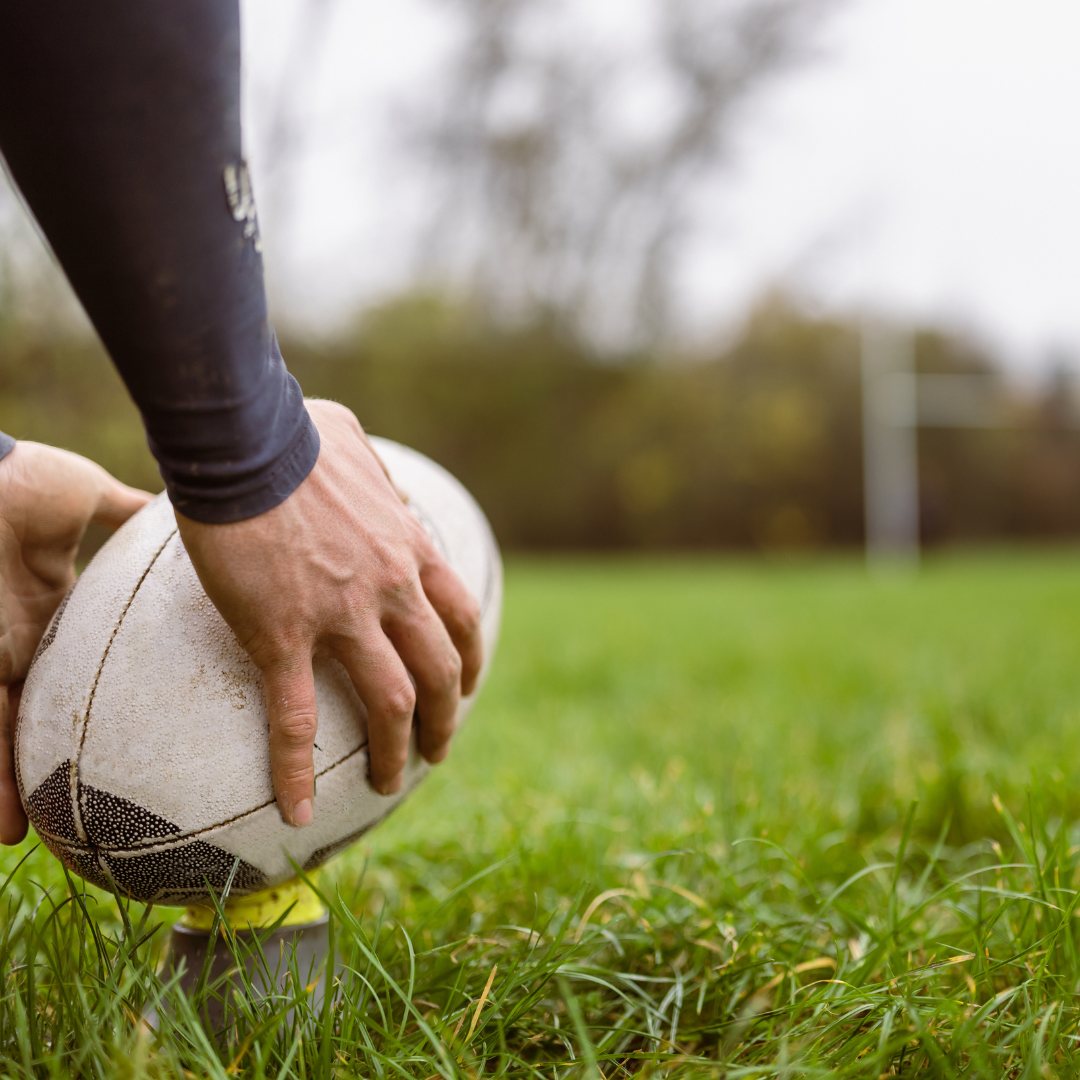
Journal of Science and Medicine in Sport | June 2024
Training injuries in elite MEN’S senior and academy (super league) rugby league; an analysis of 224,000 exposure-hours
“Training injuries accounted for about a third of injuries, with similar injury severity to match-play. Within training there is a higher rate of non-contact vs. contact injuries.”
Newsletter History
Applied Sports Science Weekly Digest #332
Frontiers in Sports and Active Living | January 2024Accelerometer-based and self-reported physical activity of children and adolescents from a seasonal perspective"According to these results, children and adolescents are less physically active in autumn/winter than in...
Applied Sports Science Weekly Digest #331
Frontiers in Sports and Active Living | December 2023The Effect of Heat Mitigation Strategies on Thermoregulation and Productivity During Simulated Occupational Work in the Heat in Physically Active Young Men"These data suggest that body cooling, hydration, and...
Applied Sports Science Weekly Digest #330
Frontiers in Sports and Active Living | December 2023Injuries in male youth football: a one season prospective cohort study of 223 Danish elite players" Our findings could assist medical and sports science practitioners in enhancing training and recovery processes to...
Research Articles
Suggested articles for further readingBODY COMPOSITION
Jackson, A and Pollock, M. Generalized equations for predicting body density of men. British Journal of Nutrition. 1978;40:497-504. Abstract
Siri, W. Body composition from fluid space and density. Brozek & A. Hanschel (Eds.), Techniques for measuring body composition. 1961;223-244. Abstract
Brozek, J, Grande, F, Anderson, J, and Keys, A. Densitometric analysis of body composition: Revision of some quantitative assumptions. Annals of the New York Academy of Sciences. 1963;110:113-140. Abstract
INJURY PREVENTION IN YOUTH ATHLETES
Chu, D., A. Faigenbaum, and J. Falkel. Progressive Polymetrics for Kids. Monterey, CA: Healthy Learning. 2006
Hewett, T. G. Myer, and K. Ford. Reducing knee and anterior cruciate ligament injuries among female athletes. J Knee Surg 18:82-88. 2005.
Micheli, L. Preventing injuries in sports: What the team physician needs to know. In: F.I.M.S. Team Physician Manual, 2nd ed., K. Chan, L. Micheli, A. Smith, C. Rolf, N. Bachl, W. Frontera, and T. Alenabi, eds. Hong Kong: CD Concept. 2006. pp. 555-572.
RPE (RATING OF PERCEIVED EXERTION)
Pandolf, K, Billings, D, Drolet, L, Pimental, N, and Sawka, M. Differentiated ratings of perceived exertion and various physiological responses during prolonged upper and lower body exercise. European Journal of Applied Physiology and Occupational Physiology. 1984;53:5-11. Abstract
Baden, D, McLean, T, Tucker, R, Noakes, T, and St Clair Gibson, A. Effect of anticipation during unknown or unexpected exercise duration on rating of perceived exertion, affect, and physiological function. J Sports Med. 2005;39:742-746. Abstract
SLEEP
For a more thorough list about sleep, check out Fatigue Science’s extensive research page.
Russel, C., PhD, J.A., PhD, Arand, D., PhD, Myers, L.J., PhD, Wubbels, P., BS, and Downs, H., PhD. Validation of the Fatigue Science Readiband™ Actigraph and Associated Sleep/Wake Classification Algorithms. Archinoetics, LLC.
Globe and Mail. The Globe and Mail, 31 Dec. 2014. Web. 13 Apr. 2015. Article
Mah CD; Mah KE; Kezirian EJ; Dement WC. The effects of sleep extension on the athletic performance of collegiate basketball players. SLEEP 2011;34(7):943-950.
GPS (GLOBAL POSITIONING SYSTEM)
Varley M, Fairweather I and Aughey R. Validity and reliability of GPS for measuring instantaneous velocity during acceleration, deceleration and constant motion. Journal of Sports Sciences. 2012;30(2):121-127. Abstract
Boyd L, Ball K and Aughey R. Quantifying external load in Australian football matches and training using accelerometers. I J Sports Phys and Perf. 2013;8(1):44-51. Abstract
Gabbett T. Quantifying the physical demands of collision sports; does microsensor technology measure what it claims to measure? J Strength and Conditioning Research. 2013;27(8):2319-2322. Abstract
HYDRATION
For a thorough list of publications about hydration, visit the Gatorade Sports Science Institute Publications page.
Osterberg, K, Horswill, C, and Baker, L. Pregame urine specific gravity and fluid intake by National Basketball Association players during competition. Journal of Athletic Training – J ATHL TRAINING. 2009 01-02;44(1):53-7. Abstract
Godek, S, Peduzzi, C, Burkholder, R, Condon, S, Dorshimer, G, and Bartolozzi, A. Sweat rates, sweat sodium concentrations, and sodium losses in 3 groups of professional football players. Journal of Athletic Training. 2010 Jul-Aug; 45(4): 364–371. Abstract
WELLNESS QUESTIONNAIRE
Hooper, S, Mackinnon, L. Monitoring overtraining in athletes: recommendations. Sports Med. 1995;20(5):321–327.
McLean, B, Coutts, A, Kelly, V, McGuigan, M, and Cormack, S. Neuromuscular, endocrine, and perceptual fatigue responses during different length between-match microcycles in professional rugby league players. International Journal of Sports Physiology and Performance. 2010;5:367-383. Abstract
HRV (HEART RATE VARIABILITY)
Holman, A and Ng, E. Heart rate variability predicts anti-tumor necrosis factor therapy response for inflammatory arthritis. Auton Neurosci. 2008;143:58-67. Abstract
Fomin, R and Nasedkin, V. Effective management of athlete preparation: a comprehensive approach to monitoring of athlete’s individual readiness. White paper, Omegawave, ePub. 2013.
FORCE PLATE
Linthorne, N. Analysis of standing vertical jumps using a force platform. American Journal of Physics. 2001. Abstract
Guillaume L, Wagner P, and Tombleson T. Countermovement jump height: gender and sport-specific differences in the force-time variables. Journal of Strength and Conditioning Research. 2013. Abstract
ithlete. Guide to training with heart rate variability (HRV). HRV Fit Ltd. 2012. Download
